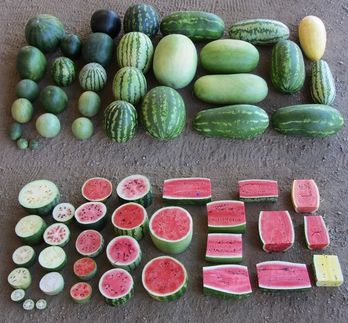Multiple haplotype-based analyses provide genetic and evolutionary insights into tomato fruit weight and composition
How significant improvements can be made in genetic and evolutionary research using haplotypes
Advertisement
To date, most marker-trait associations have been revealed using QTL and genome-wide association studies (GWAS), demonstrating both their successes and their limitations. Haplotypes are the particular combinations of alleles/markers observed on a chromosomal segment in a given population, and they make it possible to test multiple allelic interaction effects. Haplotypes can also increase the statistical power of GWAS by reducing the number of tests compared to using all SNPs. Alleles within the same haplotype block are more likely to be inherited together, while sharing a similar minor allele frequency (MAF). Haplotype-based analyses examine groups of SNPs simultaneously rather than individual SNPs, thereby increasing the statistical detection power for many aspects of both population and quantitative genetics, including identifying signals of recent positive selection and performing GWAS, respectively. Haplotype association mapping takes into account not only allelic heterogeneity but also possible statistical interactions among close markers, making it more powerful than single-marker and multiple-marker analysis.

Photo by Mae Mu on Unsplash
Recently, scientists from the INRA Centre de Recherche PACA in France used an innovative approach to better understand the genetic architecture of tomato fruit quality traits and test the potential of haplotype-based approaches for association and genomic prediction studies. A core collection of tomato accessions was studied and genotyped with SNP markers. The haplotype architecture of the tomato genome was described and used to (1) deepen our understanding of its recent breeding history, (2) test the potential of haplotypes for the detection of new candidate QTL regions, and (3) predict phenotypes in the context of genomic selection. A number of haplotype-based analyses were performed to demonstrate the multiple benefits of using haplotypes in genetic analyses. This research was published in Horticulture Research.
“We demonstrated the benefits of haplotypes versus SNPs in many aspects, including identifying marker-trait associations, revealing the haplotype bifurcation patterns near the most significantly associated SNPs, explaining more missing heritability and increasing the genomic prediction accuracy”, Prof Causse said. These results will certainly be helpful for breeders and researchers focusing not only on tomatoes but also on other agronomic crops.






















































